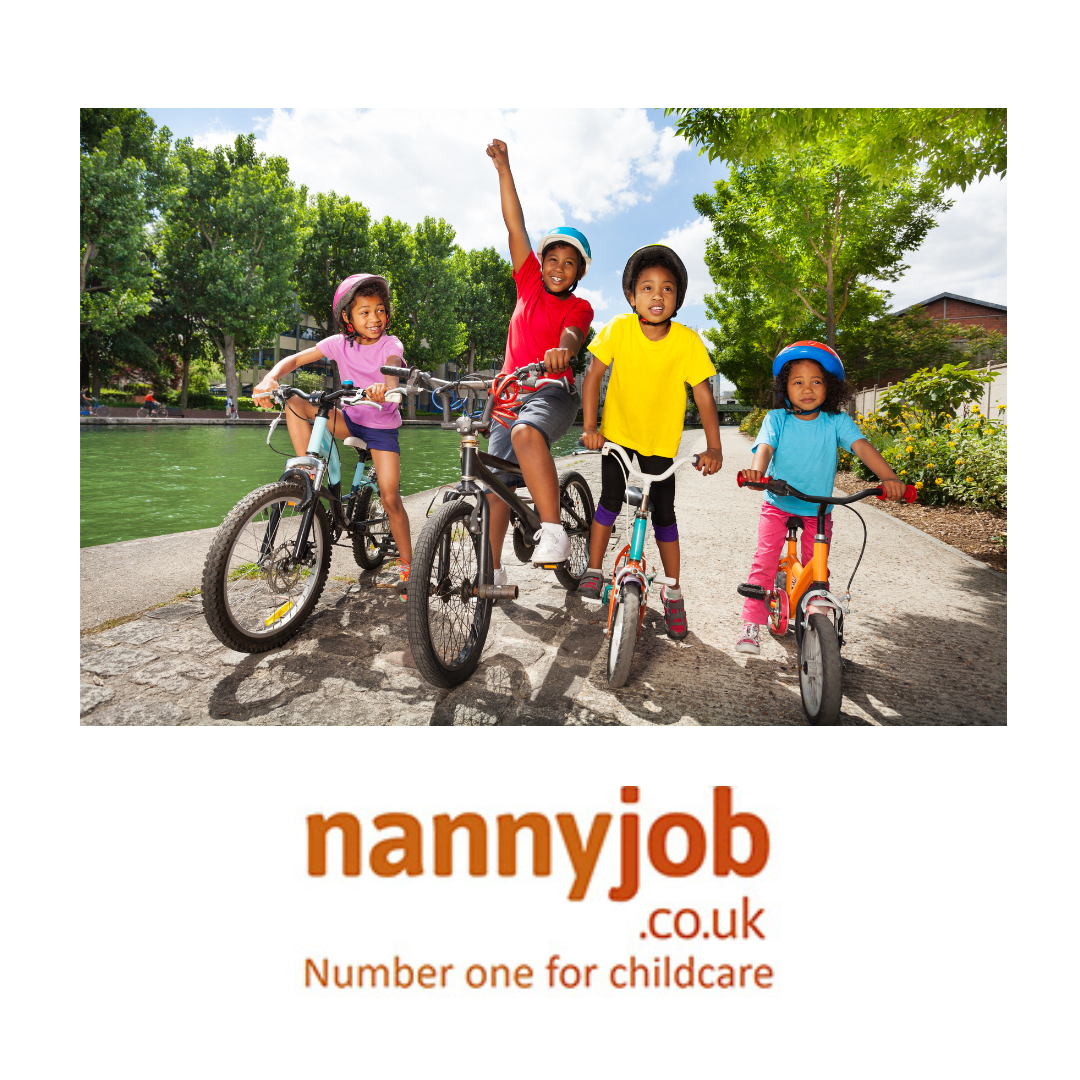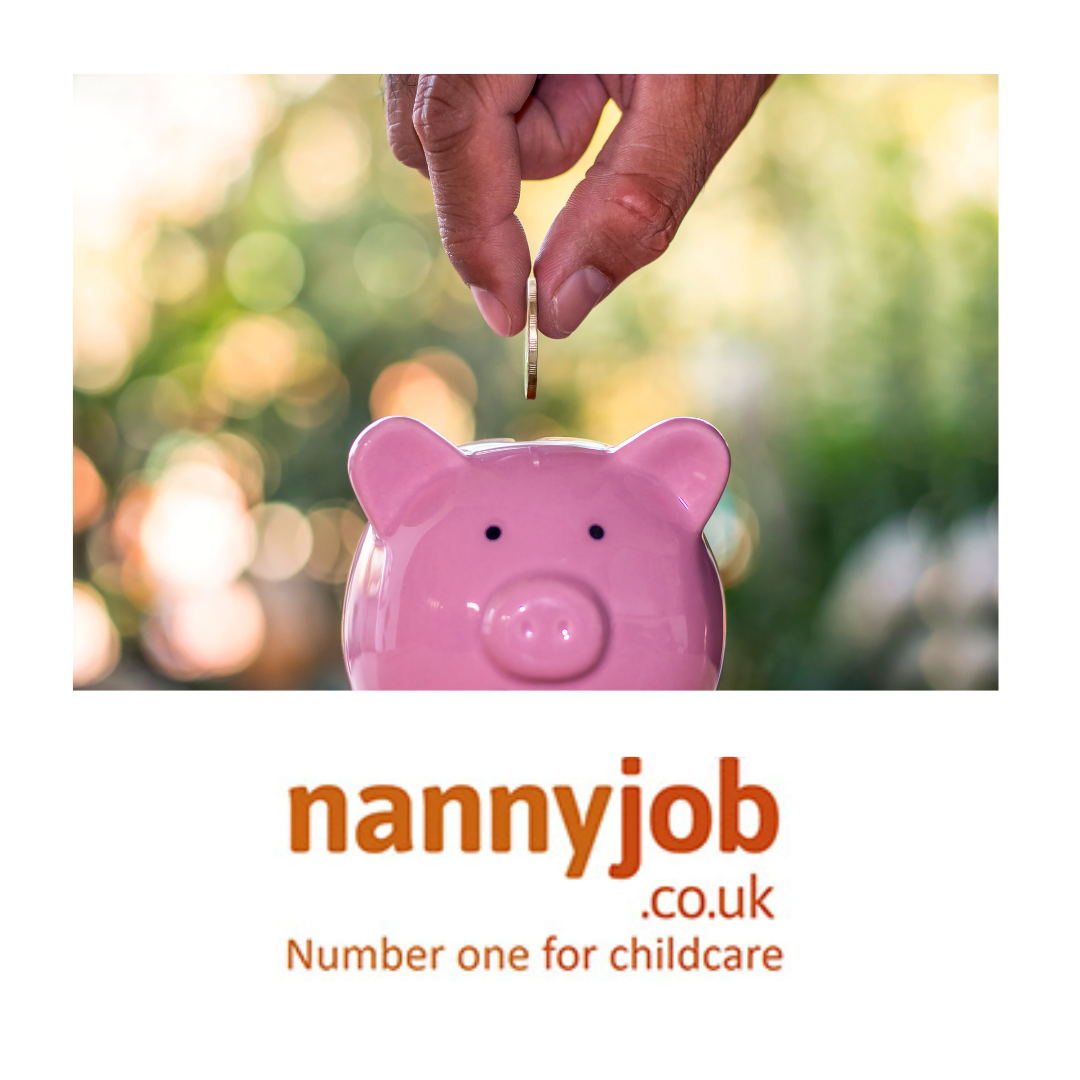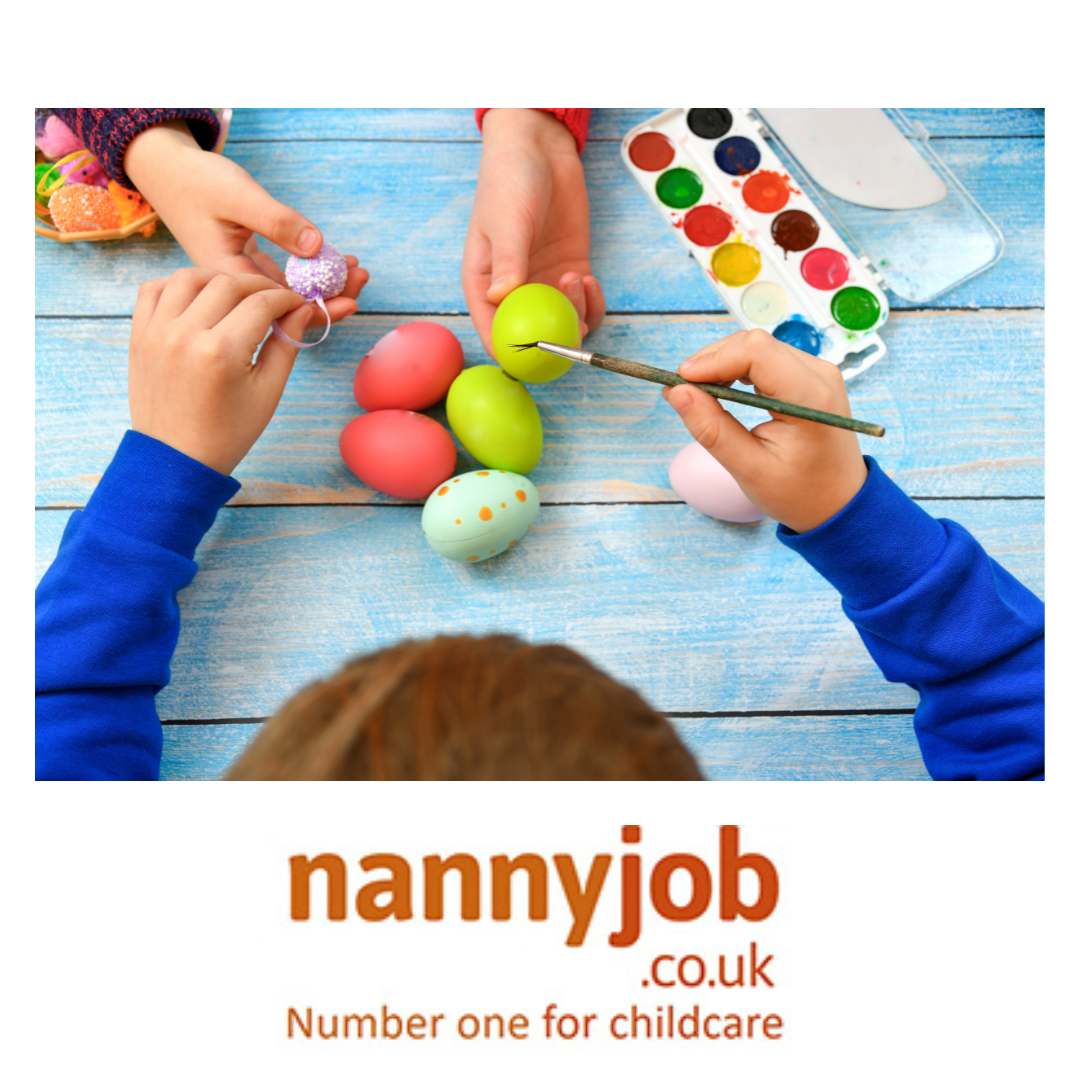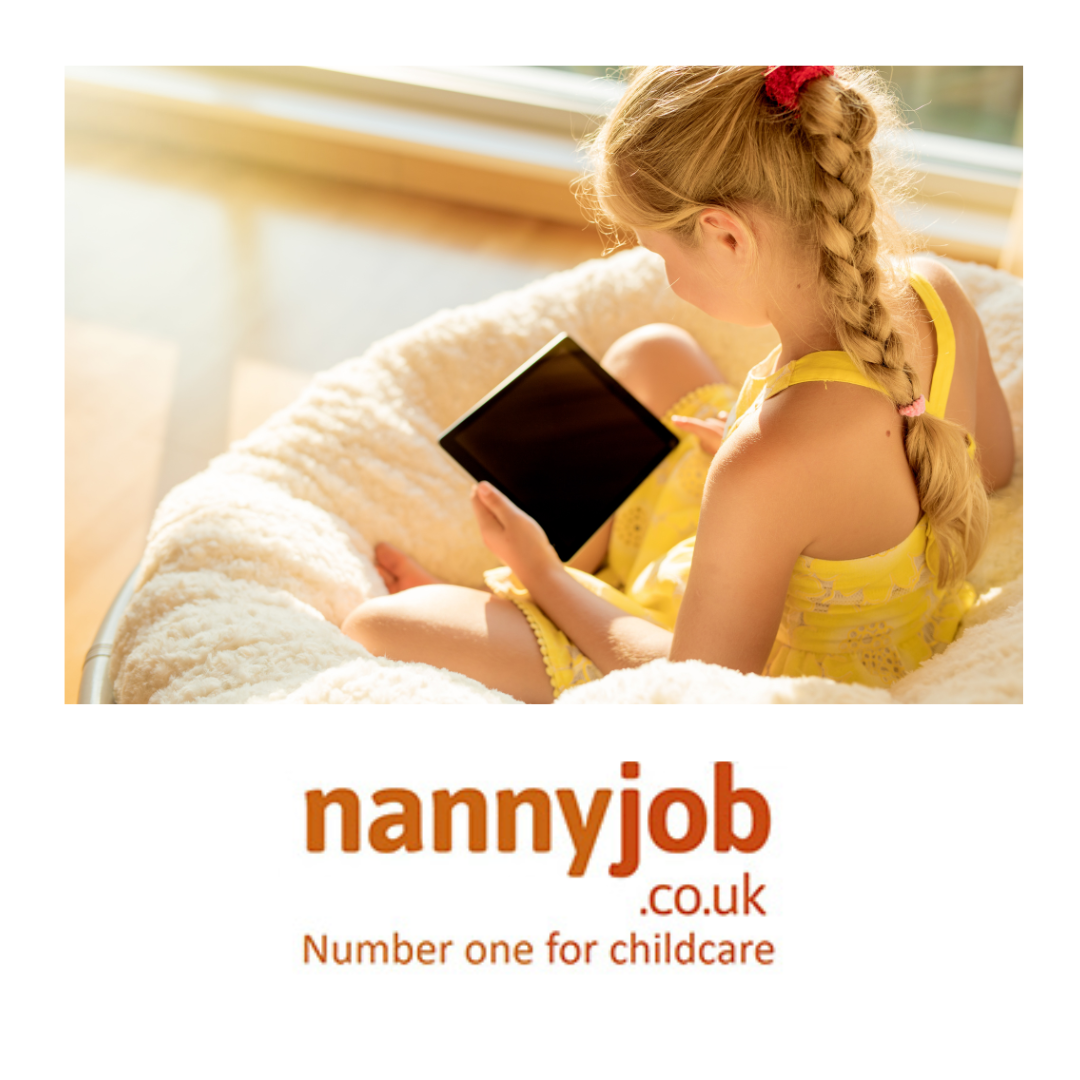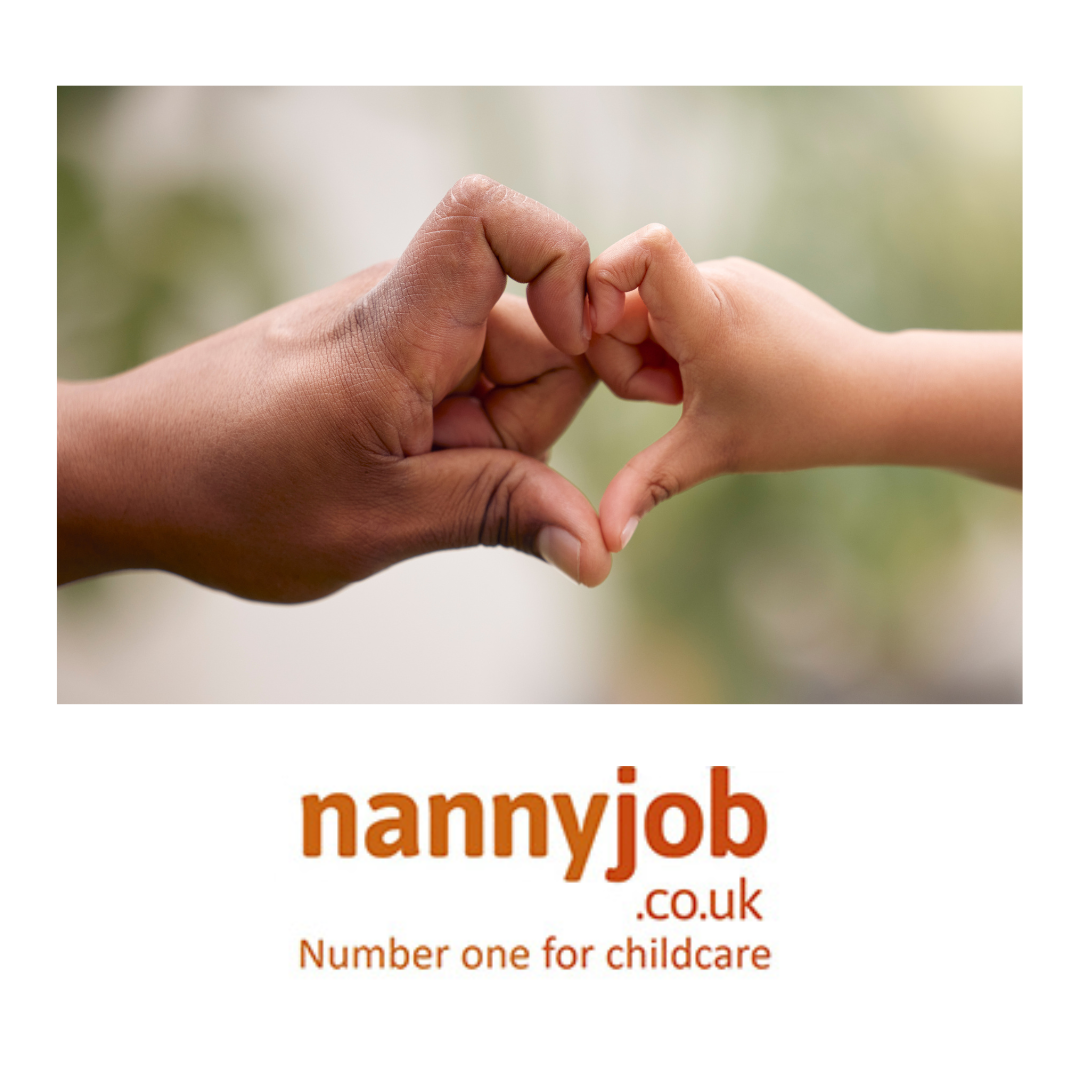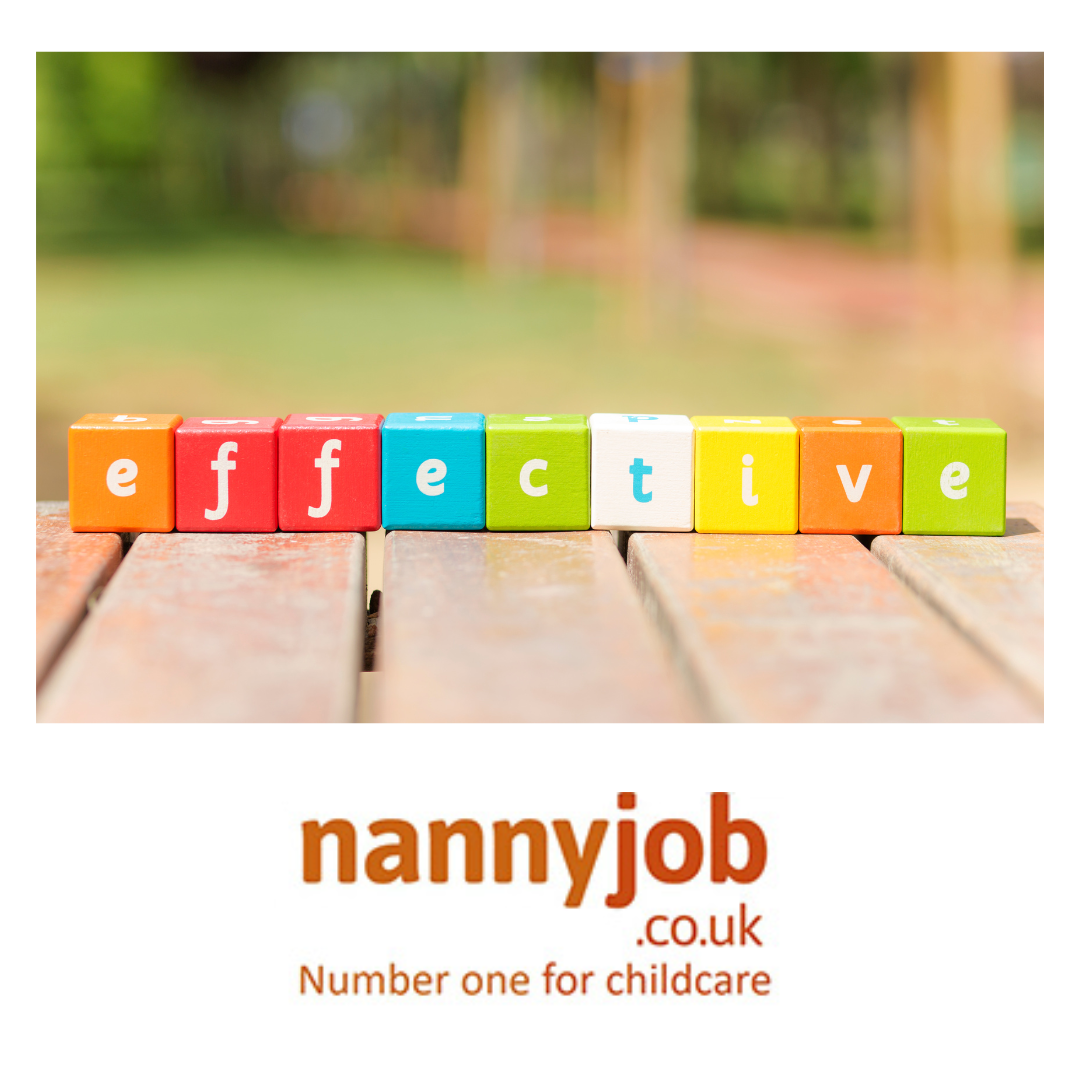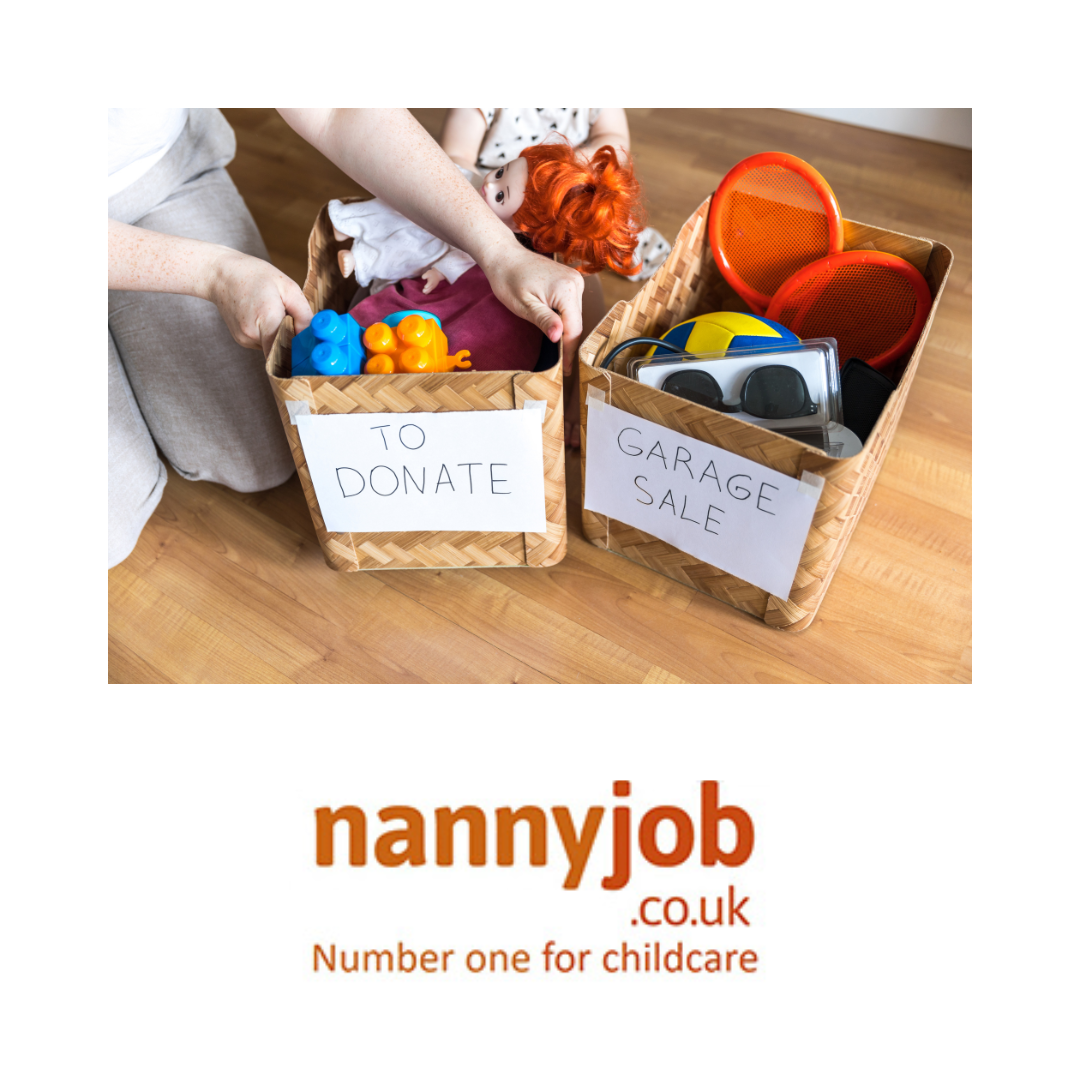Travelling with little ones can turn any flight into an epic adventure. For parents, nannies, and child carers, flying with small children doesn’t have to be a daunting challenge. Here’s an in-flight survival guide designed to make your journey from the UK as smooth and stress-free as possible.
Preparation Is Key
1. Book Wisely: Opt for flight times that align with your child’s sleep schedule. Consider booking seats in front of the plane for quicker boarding and deplaning, and check if your airline offers pre-boarding for families.
2. Pack Smart: In addition to essentials like diapers and wipes, pack a change of clothes, snacks, small toys, and any favourite comfort items. Remember to keep medications and a small first aid kit.
3. Airport Ready: Use online check-in to save time at the airport. Allow plenty of time for security checks, and if possible, navigate the airport with a stroller or a baby carrier to keep hands free and children secure.
In-Flight Strategies
4. Entertainment: Bring a variety of activities that are suitable for confined spaces. Colouring books, storybooks, and travel games are great. For older children, tablets loaded with movies and games can be a lifesaver. Don’t forget headphones!
5. Comfort Comes First: Dress your child in comfortable layers that can be easily added or removed. Airplane cabins can fluctuate in temperature, and comfort can make a significant difference in a child’s mood.
6. Snacks and Hydration: Pack plenty of snacks that are familiar to your child to avoid in-flight hunger. Hydration is key, especially on longer flights, to ward off irritability and jet lag.
7. Dealing with Pressure: To help with ear pressure during takeoff and landing, encourage swallowing. A bottle, pacifier, or chewing snacks can help, especially for younger children.
Upon Arrival
8. Pace Yourself: Once you land, take your time disembarking and collecting your baggage. If travelling through time zones, try to gently adjust your child’s routine to the new time gradually.
By planning ahead and staying prepared, flying with small children can be a more enjoyable experience for everyone involved. Happy travels!


